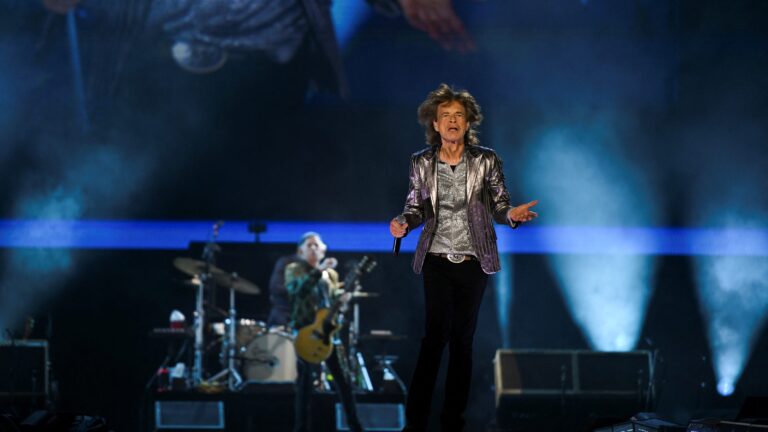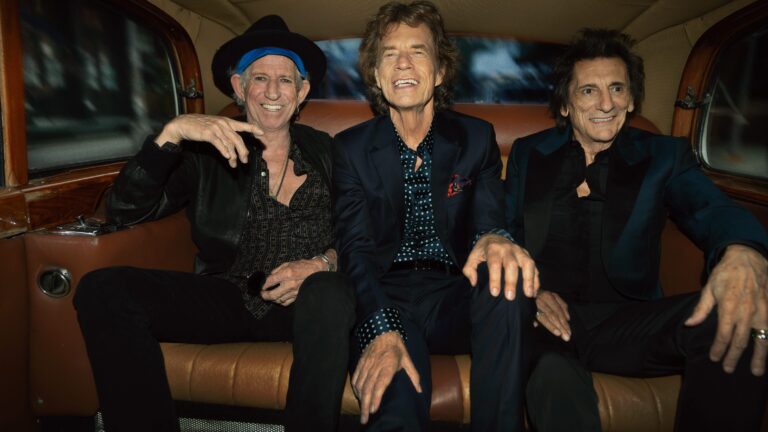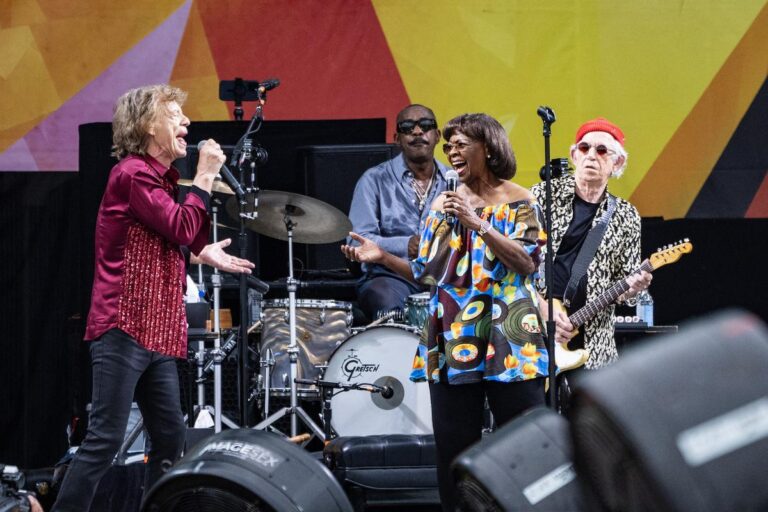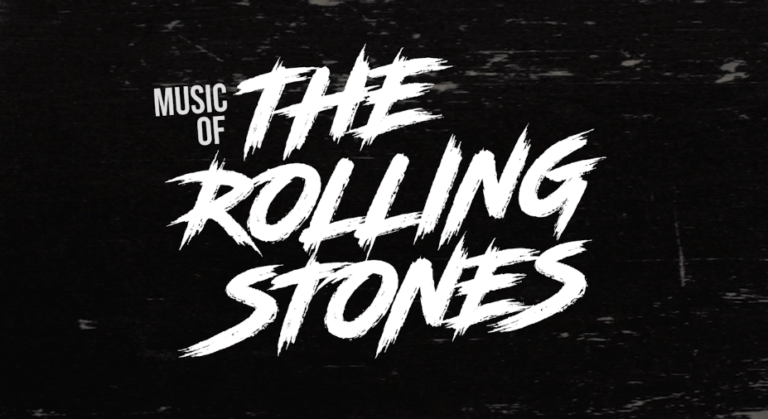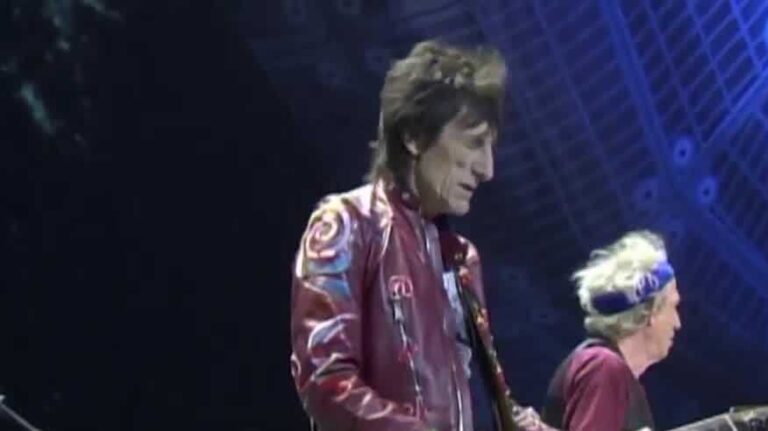Watch Mick Jagger Rock the Bar with His Signature Moves to ‘Moves Like Jagger’
It’s been 13 years since Maroon 5 and Christina Aguilera dominated the charts with their hit song “Moves Like Jagger,” and one person who still can’t get enough of it is none other than Mick Jagger himself. Recently, Mick posted an Instagram Reel of himself dancing along to the song as covered by a band in a bar with a lively crowd on the dance floor. The band delivered a high-energy performance as if they were playing for a massive stadium crowd, and Mick, at the age of 80, showed that he still has the moves that made him iconic.
In the video, Jagger can be seen waving his arms, smiling for the camera, and even playfully grabbing his crotch while strutting around to the music, reminiscent of his moves in the legendary “Start Me Up” video. While Mick enjoys the song and dances along, the rest of the bar-goers seem unaware of the rock legend in their midst. Captioning the video as “Moves like who!” Jagger clearly enjoys the irony and playfulness of the situation.
Mick Jagger’s fondness for the song is not surprising, as he has embraced it since its release in 2011. In various interviews, he has expressed his positive feelings about “Moves Like Jagger.” Jagger finds it flattering and hilarious, acknowledging the catchy and humorous nature of the song. He even expressed some jealousy, jokingly wishing he had written it himself. However, he recognizes the cross-generational appeal of the tune and appreciates the connection it creates between different musical eras.
Shortly after the song’s release, Adam Levine, the lead singer of Maroon 5, shared insights into how the song was created. Levine emphasized that only Mick Jagger himself truly possesses the iconic moves that the song references. He praised Jagger’s unique, fun, and accessible dance style that sets him apart from other music legends like James Brown, Michael Jackson, and Prince. While Jagger has always been an admirer of James Brown, he appreciates the tribute in “Moves Like Jagger” and the way it bridges generational gaps in music.


